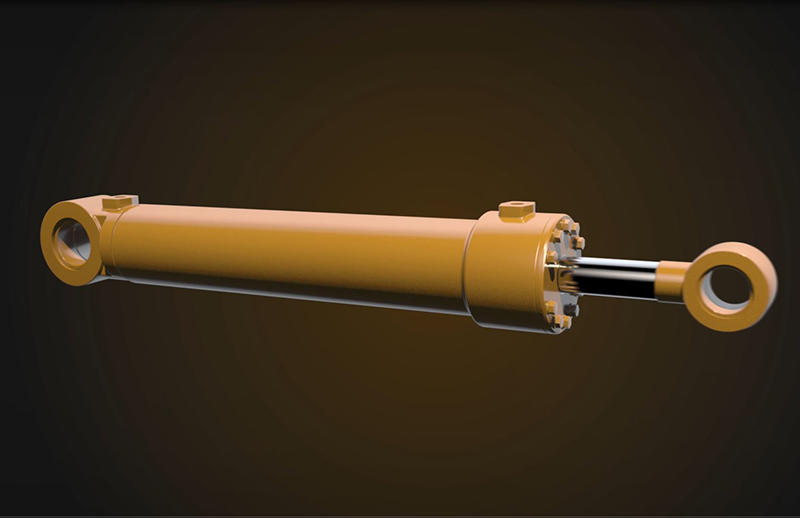Hydraulic cylinders are remarkably simple, nothing more than a piece of iron tube, a steel rod and other bits holding it all together, yet so incredibly powerful. They are truly the workhorse of our world, providing the muscle that moves & forms the earth & structures around us. But do you know how hydraulic cylinders work? How does something so simple & relatively small do such an amazing amount of work?
It's an old principle. The amount of pressure exerted on anything increases in force as the area of the object increases. If you put 1 pound of pressure on a 1-inch object, you get 1 pound of pressure. If you put 1 pound of pressure on 2 inches, you get 2 pounds per square inch. The formula for this is Area X PSI (Pounds per square inch) = Force. So, the larger the cylinder piston, the more lifting (or pushing) it can do. To get more information regarding hydraulic cylinders, you must visit this site.

Image Source: Google
The piston is the part inside the cylinder that the fluid pushes against. The diameter of the cylinder piston is called the BORE. The larger bore cylinders have more force exerted upon them, therefore a higher lifting capacity. The hydraulic fluid is contained by the piston seal. That is why a cylinder with a defective piston seal will not lift as much as it should. Even though the cylinder may not be leaking on the outside, a damaged piston seal will allow oil to bypass the piston, so the pressure will not reach the required level to do the lifting that is expected.
The rod (or shaft) of the cylinder is the part that travels through the gland (or head) of the cylinder and attaches the piston to the end fitting. The diameter & hardness of the rod are important because the further out it is extended, the more "side-load" is exerted on it, increasing the risk of bending. That's why higher pressure cylinders have stronger rods so that if they are lifting a heavier load they are less likely to bend. This is commonly known in the industry as column load. Welded hydraulic cylinders typically have an "induction-hardened" rod, which is much harder to bend.
